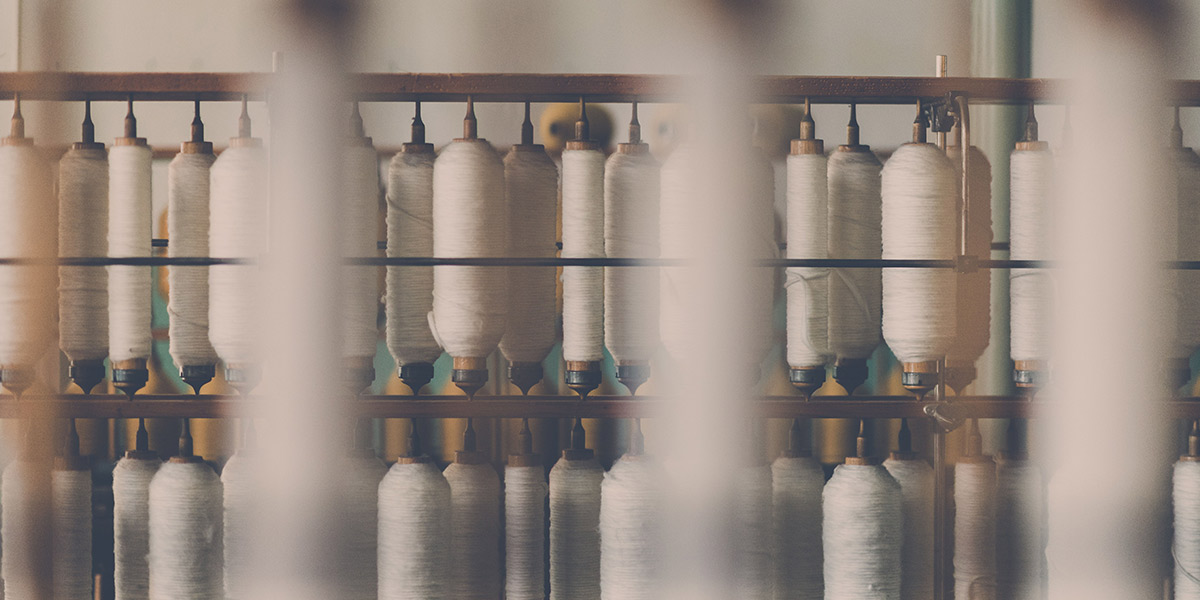It’s accepted as truth that no one can predict the unpredictable, but what about when companies behave badly? Rathbone Greenbank deputy head of research Kate Elliot says there are often signs that something might be amiss.
After a year of grappling with an energetic toddler in lockdown, it’s almost as though I’ve developed a superhuman ability to predict what she’ll do next. It’s that parental intuition kicking in when I instinctively cup my hand over the sharp corner on the coffee table or nudge her away from the cat when it clearly doesn’t want to be disturbed. I can see events happening before they take place.
Rearing a child isn’t rocket science, but it is a lesson in risk management all the same. In my line of work, we think a lot about horizon scanning and trying to identify the less obvious risks as they’re emerging. It’s not about predicting the future as that’s a fool’s game, but about questioning our assumptions and trying to see the whole picture.
First, a caveat: it is impossible for any researcher or investor to say they will never be caught out by a company’s behaviour. But with Boohoo, many investors did get caught out.
The question is why, and how?
Sustainable investing is much more involved than traditional investing. On top of fundamental research, we have to dig deeper and look at a larger number of factors to figure out if a company is operating ethically and sustainably. This clearly takes time, but it also requires a different way of thinking than for purely financial analysis.
Many investment managers rely on specialist agencies to research and rate companies for their ESG performance, but these often only show a few facets of ESG and sustainability performance. Each will also have its own criteria and rules for rating companies. Therefore, if you’re relying on them, you have to make sure that you understand exactly what that rating is telling you. And more importantly, what it’s not.
We know that some rating agencies scored Boohoo highly, and that was probably fair based on their scoring rules. It ticks the right boxes in terms of responsible sourcing policies and supplier audits and, relative to other companies in the same sector, having a greater proportion of its supply chain in the UK likely signalled a lower risk.
Yet these ratings still missed something. Was this an unknown unknown or something else entirely?
I would say it’s something else entirely. Our job is to scrutinise every aspect of a company before giving it the green light. Part of that is thinking not just about the company, but also the sector in which it operates.
It is no secret that fast fashion is somewhat problematic from an environmental and social perspective. When a retailer can sell, and make a profit from, a dress selling for as little as £5, your Spidey senses ought to start tingling. Not only will consumers not think twice about wearing it once or twice and then throwing it away, but you also have to wonder what the pay and working conditions are like for the people who made it.
Granted, it’s not as simple as having a strong hunch about an industry and then excluding any company that doesn’t prove you wrong. Not only would you quickly be left with a very small universe of companies to put in your investment portfolio, you might also be dismissing some interesting possibilities out of hand.
In these cases, when the situation is not clean cut, the only way to find out what we don’t know is with thorough research:
— Maintain good links to non-governmental organisations that report on the industry in question
— Keep an eye on the news and any company information that is released
— Conduct a thorough analysis of the company and how it operates
— Interview company management and develop a view of how they are managing sustainability risks
It’s not that we expect companies to be squeaky clean, but we do expect transparency and a clear sign that things are moving in the right direction.
Many management teams think they can talk the talk on ESG without properly embedding it into their business, but the truth can be easily unearthed by an experienced research team. For instance, we have seen PR people double up as managers of corporate sustainability functions. In those cases, it makes you wonder how the organisation is really thinking about sustainability.
Researching a company’s sustainability credentials involves a great deal of data analysis as well as qualitative research. We of course have an objective framework for rating companies from a sustainability point of view, but we think it’s crucial to always have a human sense-check at the end. A company is either walking the walk on sustainability or not and you can easily see what’s happening when you have enough experience and insight.


